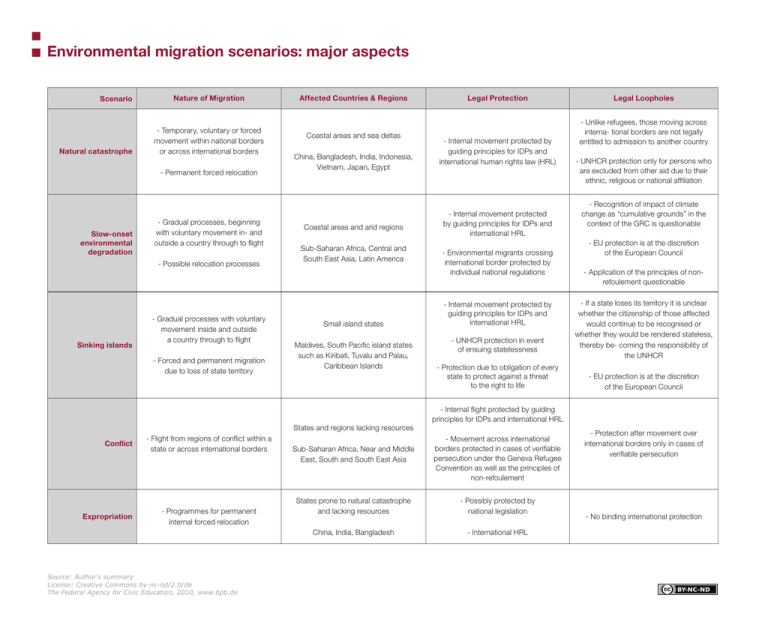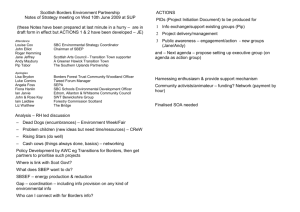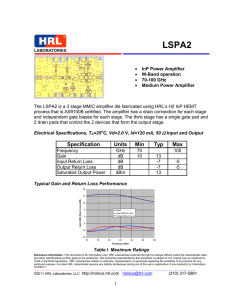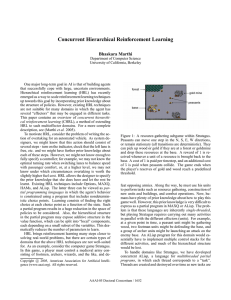Nature of Migration Affected Countries & Regions Legal Protection Legal Loopholes
advertisement

Environmental migration scenarios: major aspects Scenario Natural catastrophe Nature of Migration - Temporary, voluntary or forced movement within national borders or across international borders - Permanent forced relocation Slow-onset environmental degradation - Gradual processes, beginning with voluntary movement in- and outside a country through to flight - Possible relocation processes Sinking islands - Gradual processes with voluntary movement inside and outside a country through to flight - Forced and permanent migration due to loss of state territory Affected Countries & Regions Coastal areas and sea deltas China, Bangladesh, India, Indonesia, Vietnam, Japan, Egypt Coastal areas and arid regions Sub-Saharan Africa, Central and South East Asia, Latin America Small island states Maldives, South Pacific island states such as Kiribati, Tuvalu and Palau, Caribbean Islands States and regions lacking resources Conflict Expropriation - Flight from regions of conflict within a state or across international borders - Programmes for permanent internal forced relocation Source: Author’s summary License: Creative Commons by-nc-nd/2.0/de The Federal Agency for Civic Education, 2010, www.bpb.de Sub-Saharan Africa, Near and Middle East, South and South East Asia Legal Protection - Internal movement protected by guiding principles for IDPs and international human rights law (HRL) - Internal movement protected by guiding principles for IDPs and international HRL - Environmental migrants crossing international border protected by individual national regulations - Internal movement protected by guiding principles for IDPs and international HRL - UNHCR protection in event of ensuing statelessness - Protection due to obligation of every state to protect against a threat to the right to life Legal Loopholes - Unlike refugees, those moving across interna- tional borders are not legally entitled to admission to another country - UNHCR protection only for persons who are excluded from other aid due to their ethnic, religious or national affiliation - Recognition of impact of climate change as “cumulative grounds” in the context of the GRC is questionable - EU protection is at the discretion of the European Council - Application of the principles of nonrefoulement questionable - If a state loses its territory it is unclear whether the citizenship of those affected would continue to be recognised or whether they would be rendered stateless, thereby be- coming the responsibility of the UNHCR - EU protection is at the discretion of the European Council - Internal flight protected by guiding principles for IDPs and international HRL - Movement across international borders protected in cases of verifiable persecution under the Geneva Refugee Convention as well as the principles of non-refoulement States prone to natural catastrophe and lacking resources - Possibly protected by national legislation China, India, Bangladesh - International HRL - Protection after movement over international borders only in cases of verifiable persecution - No binding international protection








